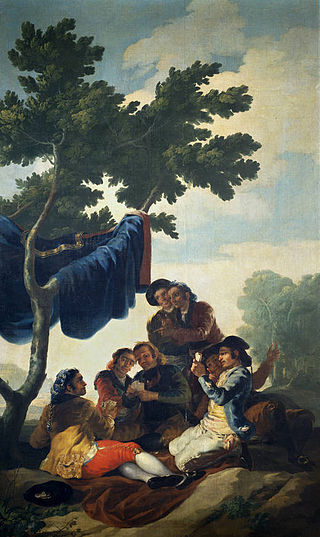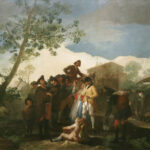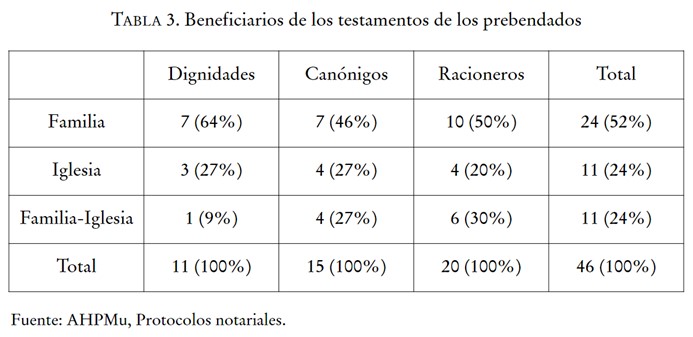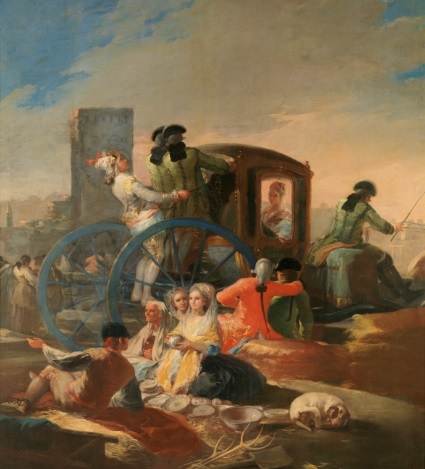
The motif of the work depicted by Francisco de Goya shows a blind man accompanied by his guide who sings simple couplets to the sound of the guitar. Dramatic and gruesome in character, its lyrics consisted of the plots of the so-called “coplas de ciego” (blind man’s couplets). Their singing aroused the interest of a varied audience, whose components expressed emotions ranging from the discipline of the elegant gentleman (a “foreigner”, as Goya described in the invoice for the cardboard to the Fábrica de Tapices), to the fascination of the black water carrier or the young woman and the young men of the village. The resulting tapestry hung in the dining room of the Princes of Asturias (the future Charles IV and Maria Luisa of Parma)
Collection: Images
Project: 3. Rural world and urban world in the formation of the European identity., 4. Family, daily life and social inequality in Europe.
Chronology: XVIII
Scope: Secondary Education, Baccalaureate, University
Resource type: Image
Format: Oil on canvas (260 x 311 cm)
Source: Museo del Prado (Madrid)
Language: Spanish
Date: 1778
Owner: Álvaro Romero González (Modernalia)
Identifier: P000778
Copyright: Museo del Prado (Madrid)
Abstract: The work, painted by Goya, shows a blind man surrounded by a group of blind people playing the guitar in front of them. This musical practice was widespread among the blind, as other portraits of the period show
Image
Tags







